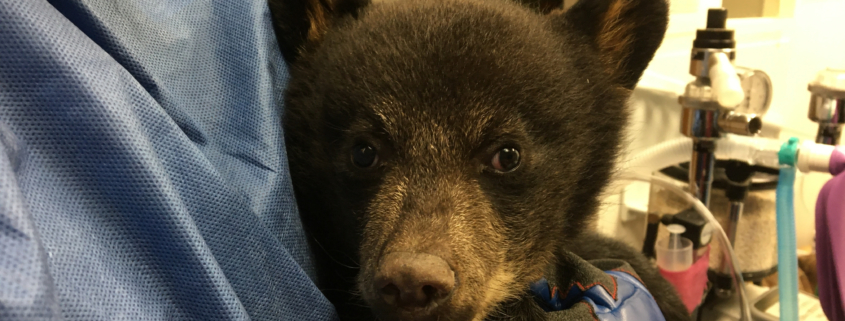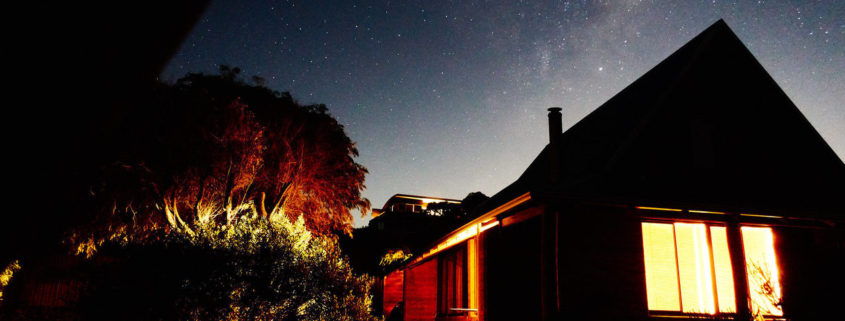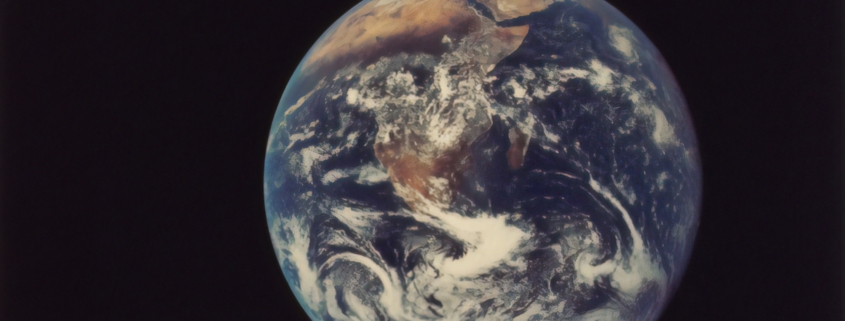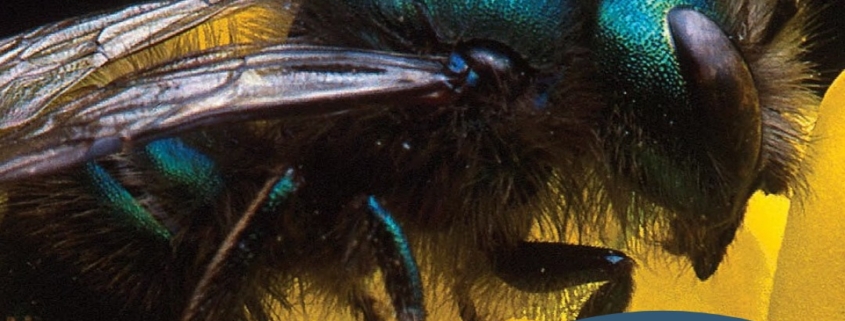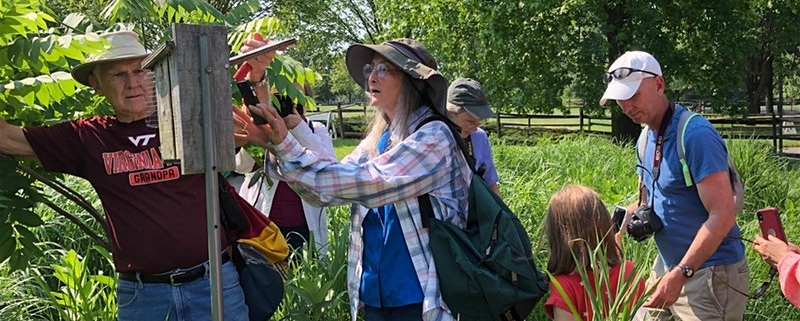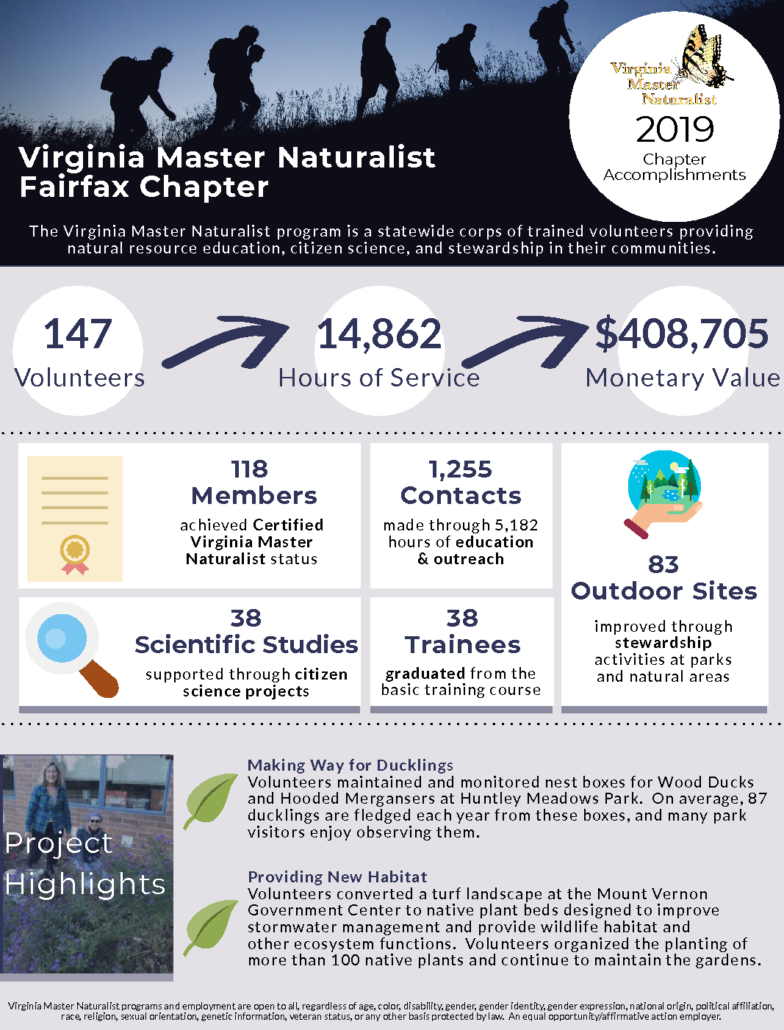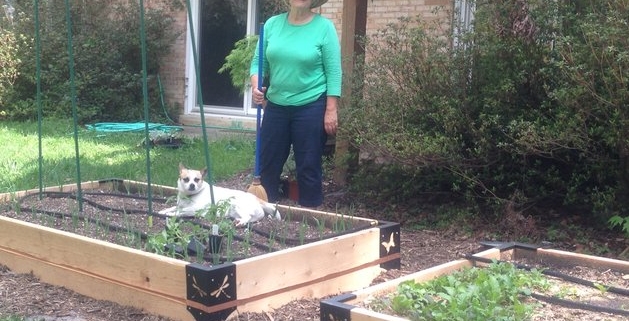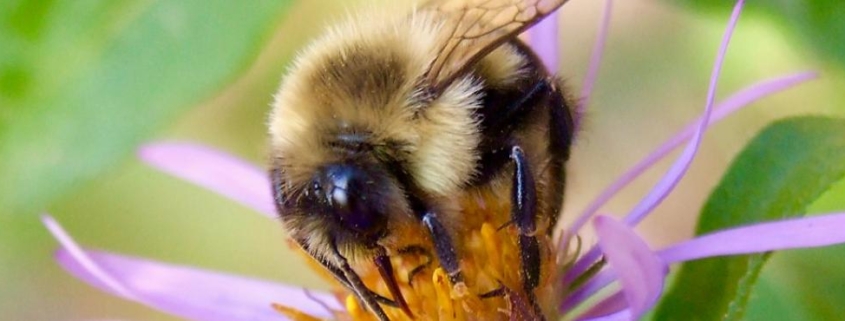Nature in Isolation: Fairfax Master Naturalists find things to do during the pandemic
Photo by Barbara J. Saffir
Tired of wearing a mask and lounging around the house? Fairfax Master Naturalists are finding ways to educate the public and appreciate nature despite the lockdown.
Margaret Fisher: To celebrate Earth Month, the Wild About Clifton team organized a virtual screening of the movie Hometown Habitat for all interested residents of Greater Clifton, a daily posting on Facebook and NextDoor.com of suggestions for helping nature on our own properties, and an online pledge to implement at least one of the suggestions. https://www.wildaboutclifton.org/clifton-earth-month-2020

Bill Hafker has taken the opportunity having a lot more free time available than anticipated, combined with the annual 4-day April City Nature Challenge being changed to a celebration of City Nature Month, to try to get out each day into a new environment that remains open and safe, to hike, bike or kayak. While out getting physical exercise, he’s also “hunting” for as many species of living things as he possibly can in one month, and then uploading photos of his “catch” to iNaturalist, and identifying what they are. It is amazing how much more you find when you really slow down to look closely around your house, yard, and nearby neighborhood as well as the fields, woods, ponds, and waterways of northern Virginia. While spotting inspiring macro fauna like a kit fox playing outside its den is uplifting, he has especially enjoyed the excitement of finding some truly beautiful, but less noticed, bugs and fungi. While he picks places few people are frequenting, he did meet a mycophile on the hunt, who showed Bill (from a safe distance) where and how to spot the elusive morel.
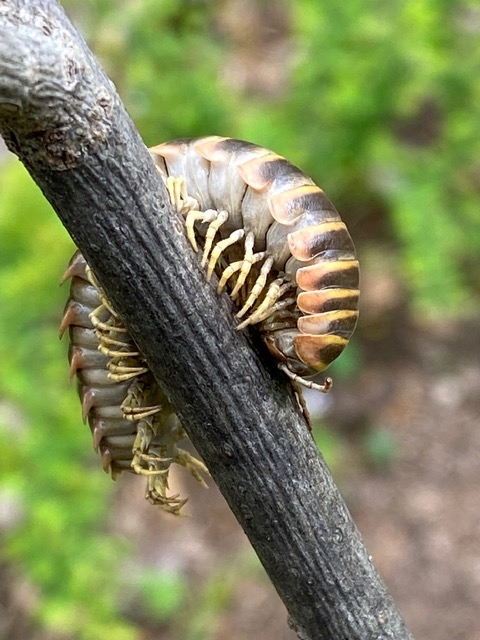
If you are able to get out in April in the greater NOVA area and spot wildlife and upload it to iNaturalist, your observations will automatically become part of the City Nature Month data set. If you are not able or comfortable going out to make nature observations, your assistance would still be welcome if you could spend time in iNaturalist helping to identify the observations of others less knowledgeable in identifying what they are seeing.
Mike Walker found a way to continue to promote the educational and service goals of the Master Naturalist Program by using his “neighborhood” nextdoor.com website. Over the past few months he has written short articles on a variety of topics, such as the value of keeping some leaf litter and compost in the yard, garden and shrubby areas to create habitat for Fireflies…or “lightening bugs” depending on where you grew up. His catchy title “What if there were no fireflies this summer” drew many responses and was sent to over 10,000 email accounts. Other postings addressed removing invasive English Ivy from trees, Earth Sangha’s offer to deliver Virginia Native nursery plants directly to homeowners, and the recent decision of Fairfax County and other refuse companies to suspend collection of yard debris. (Why are you throwing away green gold: compost it!)
There may be other opportunities for FMN members to reach out to promote our programs- through community of HOA newsletters or other avenues. Watch for them!
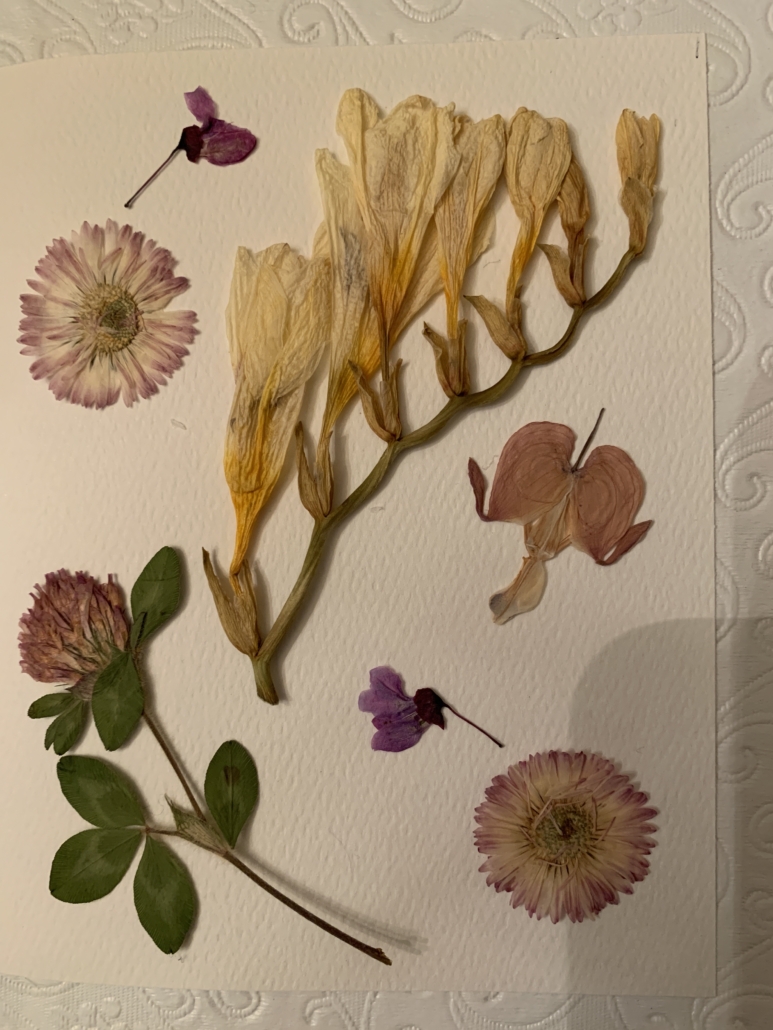
Janet Quinn revived her interest in pressed flowers. She collects a variety of colorful flowers and interesting greenery, places them between two pieces of card stock or waxed paper in the pages of a thick book for a week and then uses craft glue to attach them to bookmark- or greeting card-shaped card stock. Using a self-adhesive laminating sheet to cover her masterpiece preserves it. The detail that is revealed in the plants is stunning. It’s fun to experiment with plants! What will garlic mustard and lesser celandine look like? Her favorite is the redbud flower that resembles a hummingbird when it is dried.
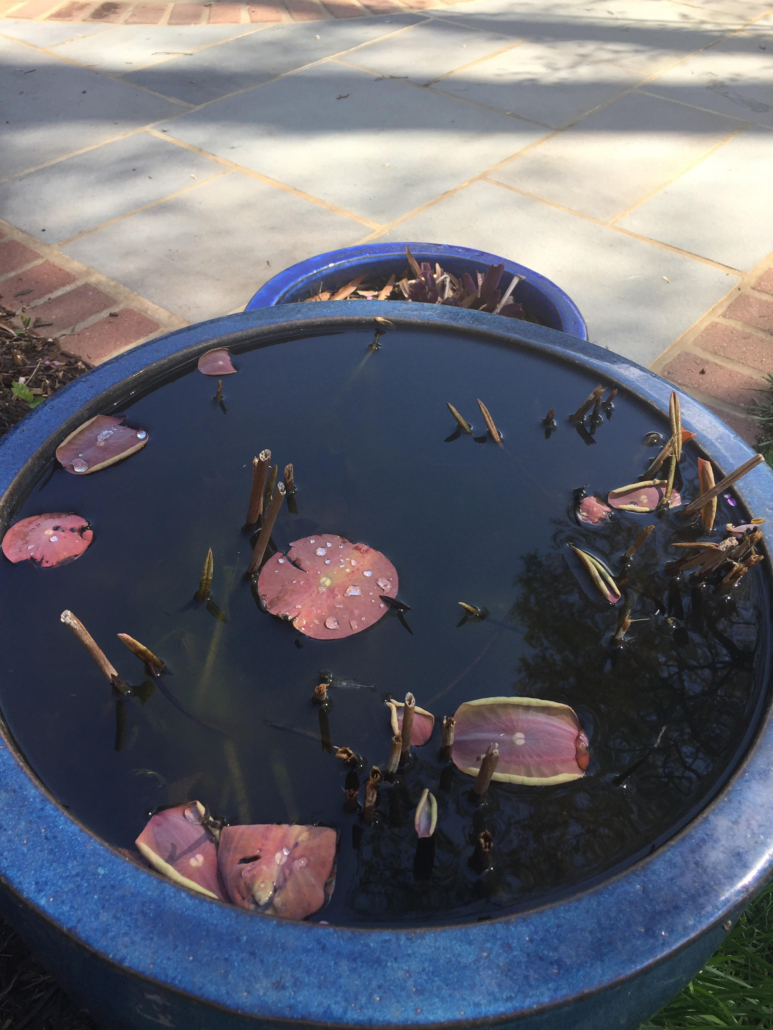
Mike Walker asks, “Small yard or deck? No space for a pond?” Consider a “small” water garden. I have a 30-gallon container on my patio with one lotus. These remarkable plants are winter hardy and grow in soil and standing water! Top it off each week and you will be rewarded with an exotic, amazing plant. Plus, the “water”will attact all sorts of creatures. This spring I found several damsel fly nymphs. Lily Ponds, a premier water lilly and water garden plant outfit near Frederick, Maryland is offering no covid contact buying and free shipping!
George Ashley, with tongue in cheek, gives us this account of his typical week during this period:
Monday: I mow my lawn.
Tuesday: I rest.
Wednesday: I comb my lawn.
Thursday: I rest.
Friday: I speak with the lawn critters. Salty the slug and I discuss his latest trails. Cheap Charlie the chipmunk is my bookie so we go over the games not played. Don’t know how but I still usually owe him a couple hundred bucks.
Saturday: I stand in my lawn and wave to my neighbors and the passing cars. A couple times folks waved back.
Sunday: I call friends and rest to prepare for another arduous week.



